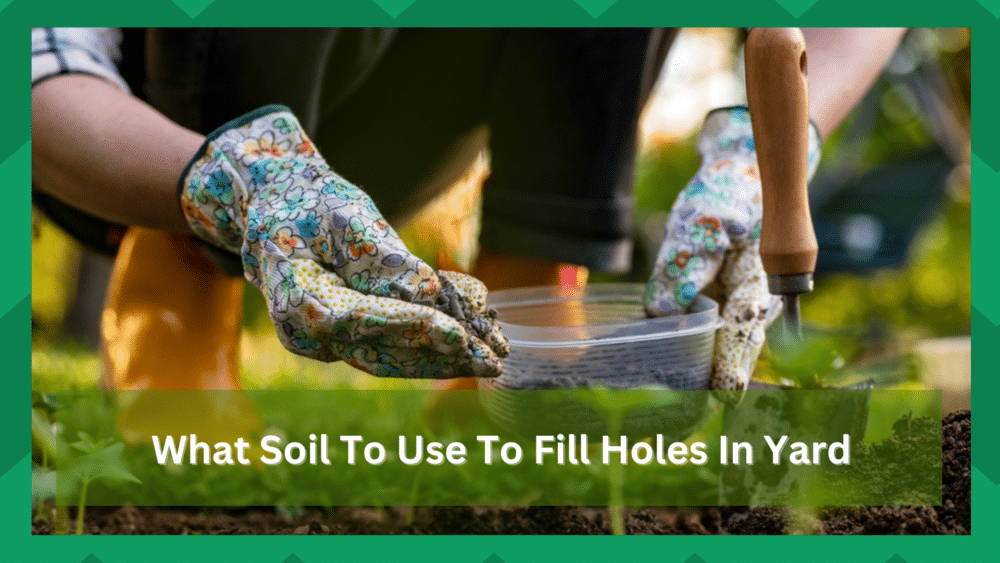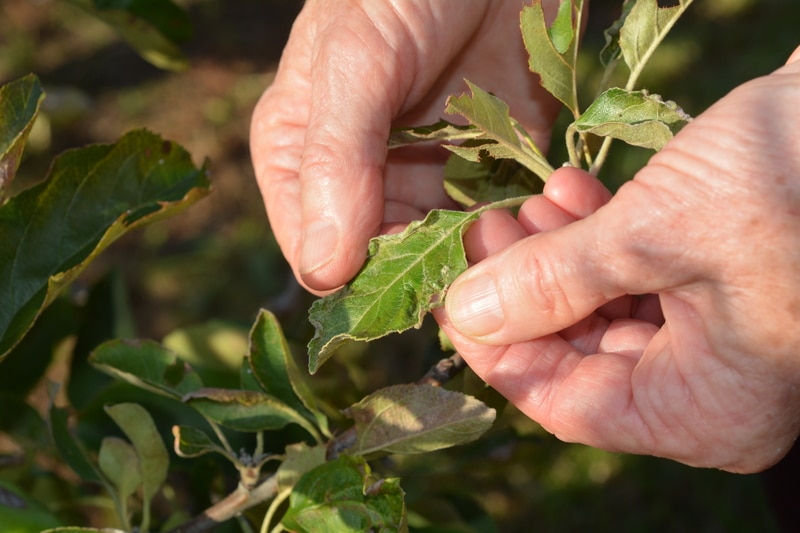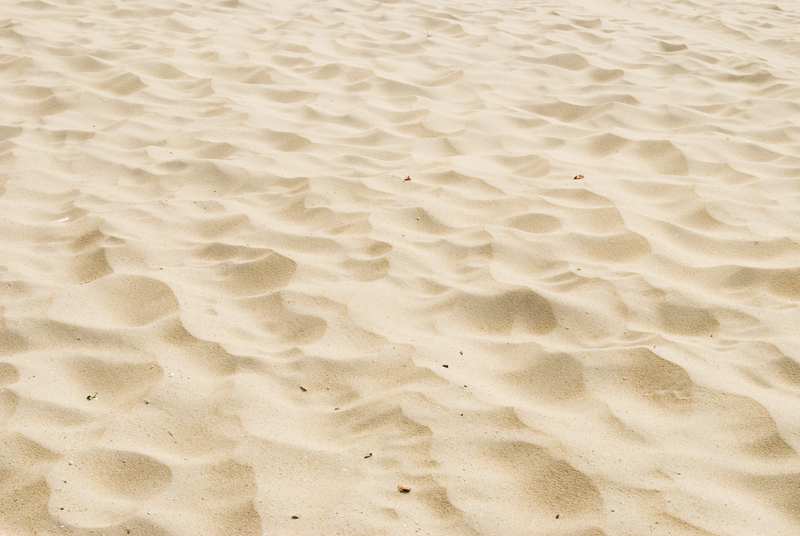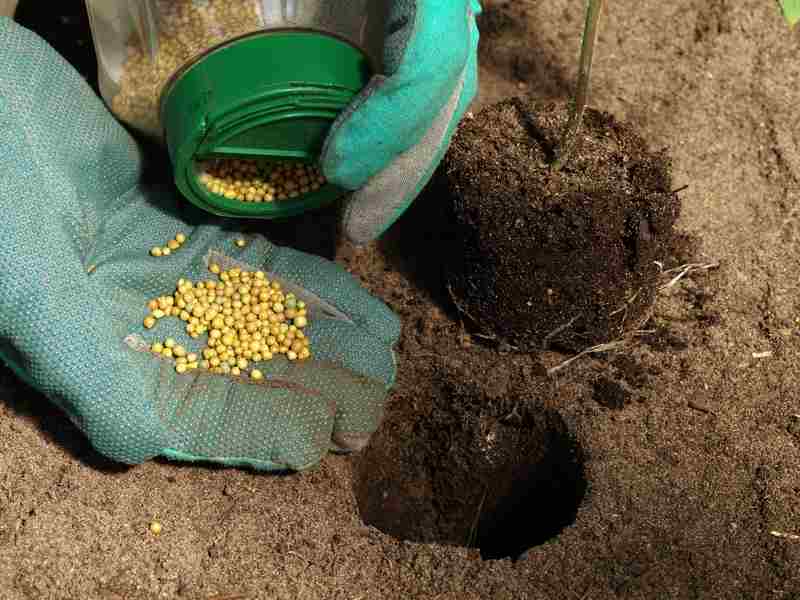
Depending upon the size of the hole in your backyard, it can take hours and several wheelbarrows of soil to manage the hole. So, if you don’t have enough time, getting an extra pair of hands is best to help with the filling process.
If you can get an expert to help you out, it will save you tons of valuable time, and you will learn many techniques that will help you along the way.
When people try to fill in holes in their yards, the most common question that they ask is what soil to use to fill the hole. If you’re confused about the same thing, let’s discuss this topic briefly.
What Soil to Use to Fill Holes in Yard?
Depending upon your plans with the yard, different types of soil can be used to fill holes. The most famous type of soil that people use is filled dirt. This type of soil is primarily meant for filling holes and managing ditches.
The good thing about this soil is that it brings the perfect proportion of organic content to the garden. So, if you’re planning on plating something on the hole, it is best to go for the fill dirt.
Depending on the type of plant you’re planning on growing, you might also need to spread a bit of topsoil over the fill dirt to encourage your plant’s growth.
It is pretty difficult for most plants to only rely on fill dirt for growth. So, unless there is sufficient organic content in the soil, you won’t be able to sustain your garden.
You rely on composting mixtures and other methods to fill in the topsoil over the fill dirt. That should be enough after you have filled the hole with the fill dirt.
On the other hand, if you’re not planning on using that specific patch of land, then you can use any soil to fill the hole.
This includes anything from clay to sand readily available at your home. Most people not planning on growing anything like to use sand because of its lightweight and minimal water retention qualities.
So, you can use either of these alternatives depending on what you plan to do with that specific patch of land. Both options will help you as a long-term solution to any holes you’re struggling with.
What Soil to Use to Fill Holes in the Yard?
When filling holes in your yard, several key considerations should be taken into account before deciding what type of soil to use. First, you’ll need to consider how deep the hole is, as different soil types will be better for different depths.
The second factor is the hole size; if it’s a small hole, you may want to use finer soil, such as topsoil. For larger holes, coarser materials can fill in the extra space and add stability to the area.
- For Deeper Holes
For deeper holes, such as those that are two feet or more in-depth, it’s important to choose a soil mix that is both solid and stable. A good option for these holes is a combination of coarse sand and gravel.
This fill provides stability while allowing water to drain away from the area quickly. For added support, consider adding crushed stone or large rocks at the bottom of the hole before filling it with sand and gravel.
You may want to add organic material such as compost into the mix so plants have something to thrive on when planted in this area.
- For Shallow Holes
For shallow holes, such as those only a few inches deep, you can use a finer soil mix, such as topsoil or potting soil. Topsoil is great for planting grass and other plants in these areas while providing stability.
Potting soil provides nutrients that help foster the growth of plants and other vegetation in the area. You can also add fertilizer amendments to enhance the soil quality.
For deep and shallow holes, you should ensure that the soil is free of debris, rocks, and other obstructions before filling in the hole.
This will help ensure that your yard looks even and that the soil can support any plants and keep water from pooling in the area.
No matter what type of soil you use, it’s important to ensure that the area is well-drained so that water isn’t left standing after heavy rain or irrigation. This can lead to serious issues with flooding and erosion.
The soil should be compacted before it is covered with grass or other plants to ensure that the area remains stable and does not settle over time.
When it comes to what type of soil is best for filling in holes in your yard, several options are available. For shallow holes, sandy soil can be used as it helps to keep the area well-drained and easier to work with.
For deeper holes and areas of instability, a combination of clay and topsoil is best for providing stability and keeping the hole filled in.
For those looking for an organic option, compost can also be mixed into the soil to provide additional nutrients and help promote soil health.
No matter what type of soil is chosen, it’s important to compact the soil properly before use. This will help prevent settling and keep the hole filled in for longer.
Adding a layer of mulch after filling the hole can also be beneficial as it can help retain moisture and protect the soil from erosion and compaction. With the right combination of soil, mulch, and proper compaction techniques, you can fill in holes in your yard with confidence.
It’s important to remember that using the right type of soil is just a part of filling in holes in your yard. You also need to ensure that you are properly preparing the area before adding any soil and ensuring adequate drainage.
What to avoid when filling holes in the yard?
When filling holes in the yard, it is important to take precautions to ensure that the process is done correctly. Improperly filled holes can cause further problems down the road, such as uneven surfaces or sinkholes.
One should start by ensuring one has the right materials and tools to prevent this from happening. If the hole is large, it may need to be filled with several layers of soil or gravel. It’s also important to ensure that the area around the hole is clear and level so that the fill material can settle evenly.
It’s also important to remember not to overfill the hole. Adding too much soil or gravel can put additional pressure on surrounding roots, which can cause damage. It’s best to fill the hole in layers and compact each layer with a tamper before adding more soil or gravel.
It’s important to avoid adding chemicals or fertilizers when filling the hole. These substances can cause an imbalance in the soil chemistry of the area and adversely affect local wildlife or plants.
Likewise, it’s also important to avoid using clay or other heavy materials when filling the hole, as these can become compacted over time and disrupt drainage in the area.
It’s important to ensure that all debris is removed from the hole before filling it, as this can cause problems with settling soil later on. Following these simple guidelines can help ensure that the process of filling holes in the yard is done correctly and safely.
What can go wrong when filling holes in the yard?
When it comes to filling holes in the yard, many potential pitfalls can arise. From selecting the wrong type of fill material to inadequate compaction, a lot can go wrong, leading to costly repairs or even structural damage down the line.
To ensure you get it right and avoid any problems, it’s important to understand what factors need to be considered when filling holes in your yard.
In this article, we have explored some of those considerations and provided useful tips for approaching this task.
To summarize everything we’ve discussed, The soil type must be considered when filling holes in the yard. Different soils have different characteristics, such as drainage and compaction levels, that can affect how successful the hole-filling process is.
If the wrong type of fill material is chosen for a particular soil type, it could cause problems with drainage or lead to inadequate compaction.
Proper compaction is essential to ensure that the filled hole does not collapse or settle over time. If insufficient compaction is used, it can shift and sink the soil, destabilizing nearby structures like walkways and patios.
If water drainage is not considered when filling holes in the yard, it can lead to waterlogged soil and pooling of water which may damage plants or cause flooding.
To Conclude
Depending on your plans, you should choose the soil type with that specific patch of land in your yard. If you’re planning on growing some plants on the patch, it is better to use the fill dirt and topsoil over the fill dirt to complete the hole.
However, if you just need to remove the hole, you can use anything from clay to sand to fill up the hole in your yard. Using sand should be the primary option when you don’t plan on growing anything in the hole you’ve recently filled.



